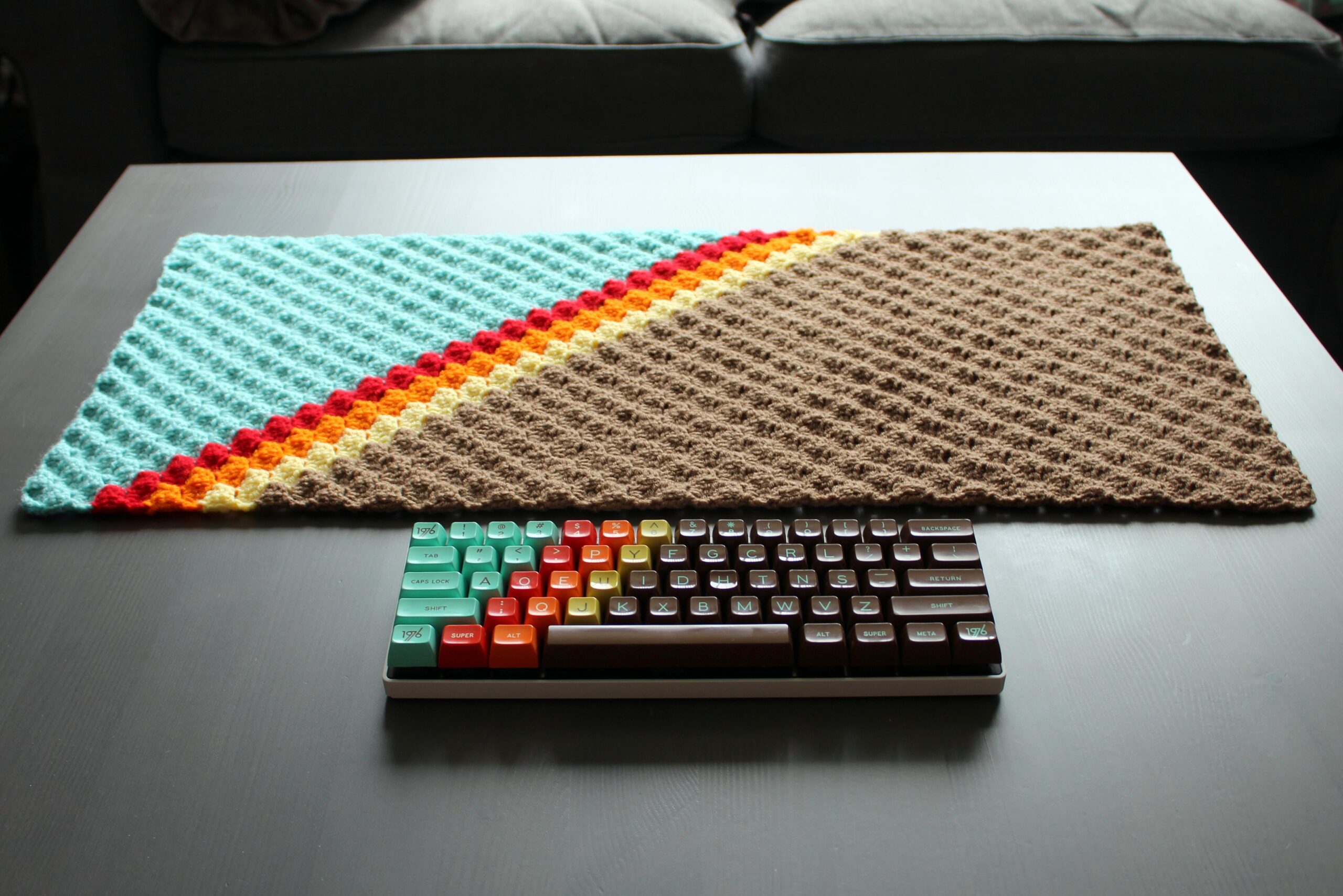Mechanical keyboards are an excellent choice for those who want a tactile and responsive typing experience. However, they can be quite loud, especially for those around you. Fortunately, there are several ways to make your mechanical keyboard quieter without sacrificing the feel or responsiveness. In this article, we’ll explore some of the most effective methods for reducing the noise of your mechanical keyboard, including o-rings, sound dampeners, and more.
Introduction
If you’re a fan of mechanical keyboards, you probably love the tactile feel and responsiveness of the keys. However, the loud clicking and clacking sounds can be a nuisance to those around you, especially if you’re using your keyboard in a shared space. Fortunately, there are several ways to make your mechanical keyboard quieter while maintaining its tactile feel and responsiveness.
In this article, we’ll explore some of the most effective methods for reducing the noise of your mechanical keyboard. We’ll cover o-rings, sound dampeners, the tempest mod, and other mods that can help you achieve a quieter typing experience.
Why are mechanical keyboards loud?
Mechanical keyboards are louder than traditional rubber dome keyboards because they use individual switches for each key. These switches require more force to actuate, which results in a louder sound when typing. The clicking sound comes from the switch’s stem bottoming out against the keyboard’s base or hitting a tactile bump on the way down.
What is an o-ring?

An o-ring is a small, circular rubber ring that can be installed on the stem of a mechanical keyboard switch. It sits between the switch’s housing and the stem, reducing the sound of the switch bottoming out against the keyboard’s base.
How do o-rings work?
O-rings work by absorbing the impact of the switch’s stem hitting the keyboard’s base, reducing the sound of the bottoming out. They also reduce the key’s travel distance, making it feel softer and more cushioned.
Installing o-rings on your mechanical keyboard
Installing o-rings on your mechanical keyboard is a simple process. First, remove the keycaps from your keyboard. Then, place an o-ring on the stem of each switch, making sure it’s seated properly. Finally, replace the keycaps on your keyboard.
Sound dampeners for mechanical keyboards
Sound dampeners are another way to reduce the noise of your mechanical keyboard. They’re small pieces of foam that can be placed inside the keyboard’s case to absorb sound.
What are sound dampeners?
Sound dampeners are pieces of foam that can be used to reduce the noise of your mechanical keyboard. They’re usually made from high-density foam and are placed inside the keyboard’s case.
How do sound dampeners work?
Sound dampeners work by absorbing sound waves, reducing the amount of noise that escapes from your keyboard. They can also help to reduce the echo and reverberation inside the keyboard’s case, resulting in a quieter typing experience.
Installing sound dampeners on your mechanical keyboard
Installing sound dampeners on your mechanical keyboard is a simple process. First, remove the case of your keyboard. Then, place the sound dampeners in strategic locations, such as underneath the PCB, on the sides of the case, and around the stabilizers. Finally, reassemble your keyboard and enjoy a quieter typing experience.
Tempest mod for mechanical keyboards
The tempest mod is a more advanced mod that involves adding a layer of foam to the bottom of your keyboard’s PCB. This mod can significantly reduce the sound of your keyboard without affecting its feel or responsiveness.
What is the tempest mod?
The tempest mod involves adding a layer of foam to the bottom of your keyboard’s PCB. This foam layer acts as a buffer, reducing the sound of the switches bottoming out against the case.

How does the tempest mod work?
The tempest mod works by reducing the sound of the switches bottoming out against the case. The foam layer absorbs the impact, resulting in a quieter typing experience.
Installing the tempest mod on your mechanical keyboard
Installing the tempest mod on your mechanical keyboard requires a bit more work than the previous methods. First, you’ll need to remove the PCB from your keyboard’s case. Then, cut a piece of high-density foam to fit the size of the PCB. Finally, glue the foam to the bottom of the PCB and reassemble your keyboard.
Other mods for mechanical keyboards
In addition to the methods mentioned above, there are several other mods that can help reduce the sound of your mechanical keyboard. These include switch lubrication, switch modding, and case modding. However, these mods are more advanced and require more time and effort to complete.
Conclusion
If you’re looking to make your mechanical keyboard quieter, there are several effective methods to choose from. O-rings, sound dampeners, the tempest mod, and other mods can all help reduce the sound of your keyboard without sacrificing its feel or responsiveness. Consider trying one or more of these methods to enjoy a more pleasant typing experience.
FAQs
- Will using o-rings affect the feel of my mechanical keyboard?
- O-rings may make your keyboard feel slightly softer or more cushioned, but the difference is minimal.
- Can I use sound dampeners and o-rings together?
- Yes, using both sound dampeners and o-rings can help reduce the sound of your keyboard even further.
- Is the tempest mod reversible?
- Yes, the tempest mod is reversible, but it may be difficult to remove the foam layer from your keyboard’s PCB.
- Will lubricating my switches make my keyboard quieter?
- Yes, lubricating your switches can reduce the sound of your keyboard, but it’s a more advanced mod that requires more time and effort.
- Can I use these methods on any mechanical keyboard?
- These methods can be used on most mechanical keyboards, but it’s always a good idea to check with your keyboard’s manufacturer before attempting any mods.

